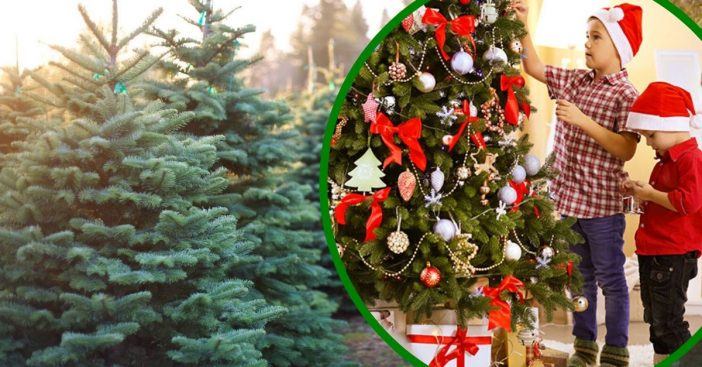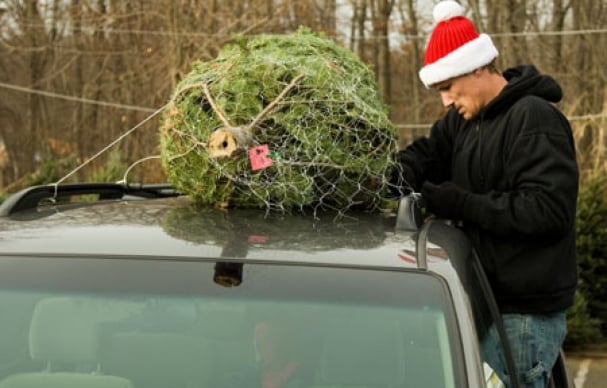
Experts are predicting that Christmas trees might be more expensive this year due to a “tight supply” in parts of the U.S. Evergreen firs have fallen short in availability due to hot weather, heavy rains, and also the week-shorter period between Thanksgiving and Christmas. The dry, hot summers of 2017 and 2018 have been taking a toll on thousands of young trees in Oregon and North Carolina. Heavy rains would provide damage done to trees in Missouri.
According to Fox News, the decline in available Christmas trees may also be partially due to the 2008 recession. People cut back on discretionary spending and farmers planted fewer trees as the economy was on a decline. Tim O’Connor, executive director of the National Christmas Tree Association calls it “a challenging time.”
Why Christmas trees may be “more expensive” this year

Kathy Kogut, executive director of the Connecticut Christmas Tree Growers Association, talks more about this situation. “Christmas trees are a cyclical thing where they have to plant every single year. So if you plant 1,000 then 10 years later 1,000 will be ready,” she says. “But if you lose some, then you’re not going to have those ready 10 years later.”
RELATED: The Iconic ‘Christmas Tree Hair’ Is Back This Holiday Season
For example, a shortage of the very popular Fraser fir trees is predicted to happen in Michigan because growers planted fewer of these trees in 2008. The demand for needing a Christmas tree is also coming earlier this year, as Thanksgiving and Christmas are almost an entire week closer this year in time.
You’ll still be able to get a tree in time for Christmas

In conclusion, due to a short and tighter supply of Christmas trees in some areas, this will translate to a higher price tag. Despite this “tight supply,” experts say there will be enough real trees available for those who are interested. “There may be certain locations that ran out of trees because of various reasons, but not too far away there will still be another place to get a tree,” O’Connor tells TODAY.
“It’s going to be another two to three years before you see an uptick in supply, but everybody who wants a real tree this year will be able to find one.”

The National Christmas Tree Association reports that about 32.8 million Christmas trees were sold in 2018. Moreover, it takes an average of seven to nine years for the average Christmas tree to fully grow. Are you planning on getting a real Christmas tree this year for your home? Be aware they may be more expensive than in year’s past!

